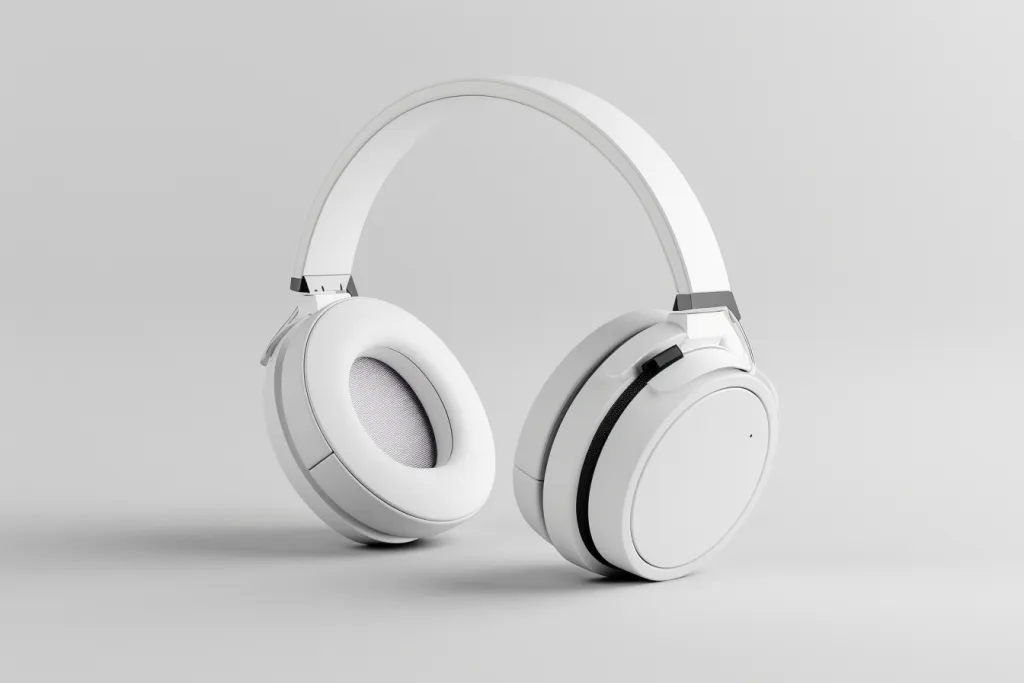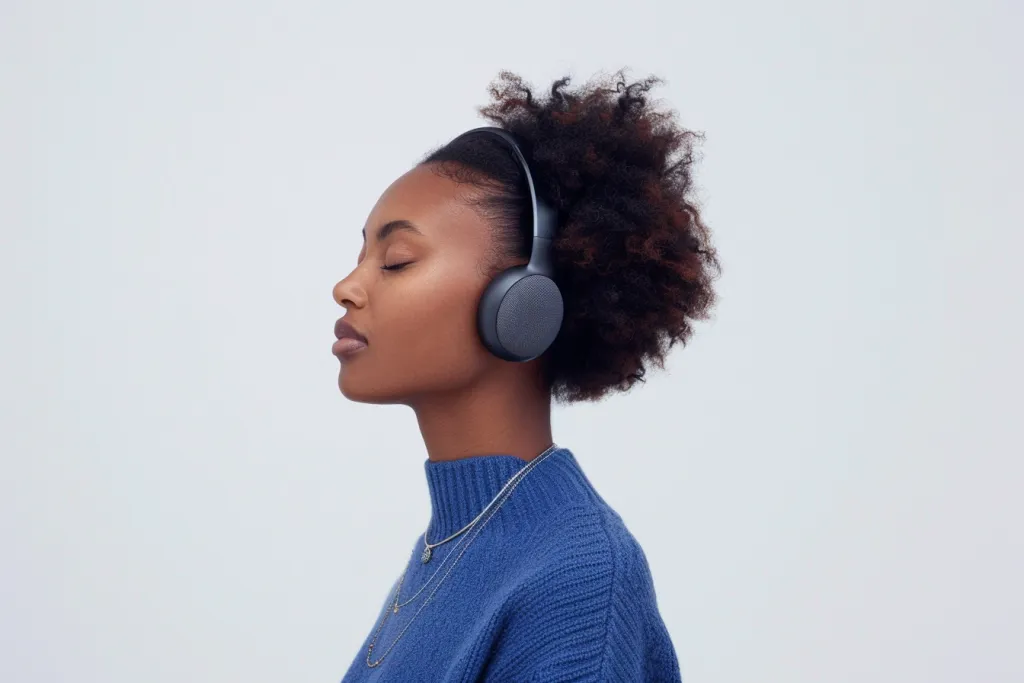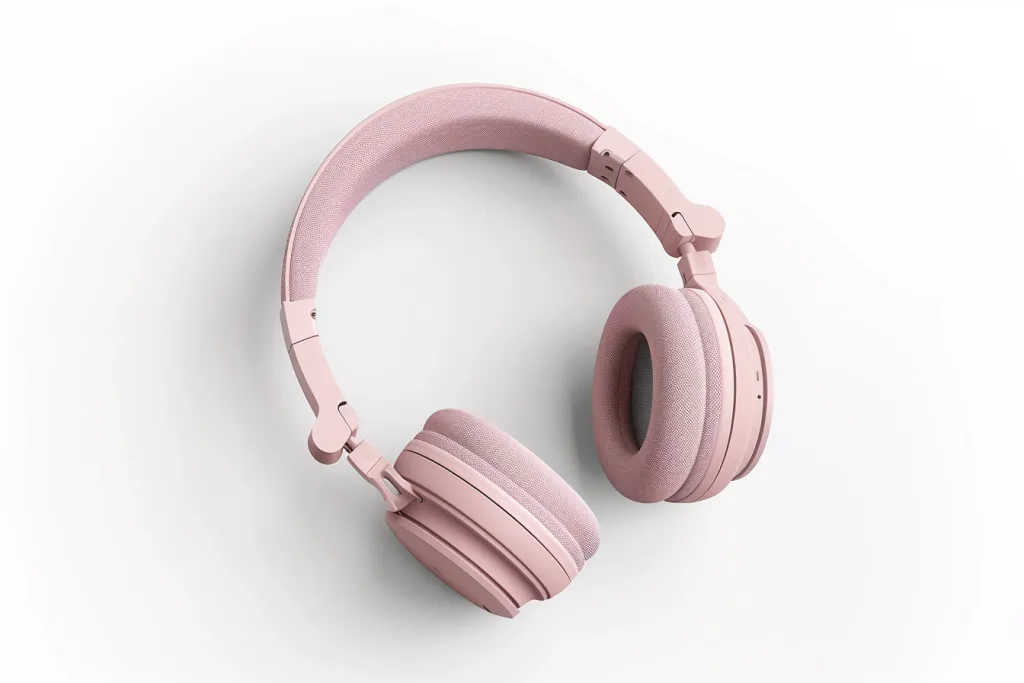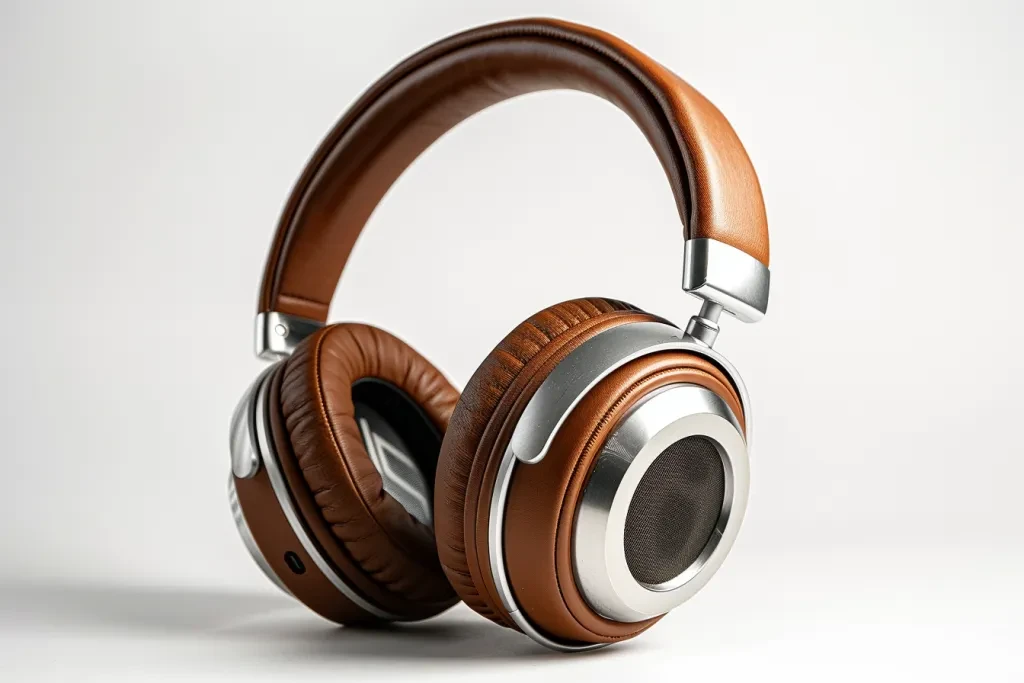In an era where convenience and quality converge, wireless headphones have emerged as a pivotal accessory for music enthusiasts and professionals alike. This guide delves into the intricacies of wireless headphones, exploring their functionality, advantages, and how to select and utilize them effectively. Whether you’re a seasoned audiophile or a casual listener, understanding these aspects can elevate your audio experience to new heights.
Table of Contents:
1. What are wireless headphones?
2. How do wireless headphones work?
3. Benefits and drawbacks of wireless headphones
4. How to choose wireless headphones
5. How to use wireless headphones
What are wireless headphones?

Wireless headphones are a technological marvel that has changed the way we experience audio. Unlike their wired counterparts, these devices offer the freedom to listen to music, podcasts, or any audio content without the need for a physical connection to the audio source. This is achieved through various wireless communication technologies, including Bluetooth, RF (Radio Frequency), and even infrared in some cases. The absence of cables not only adds to the convenience but also introduces a level of flexibility and mobility that was previously unattainable.
The evolution of wireless headphones has been significant, with advancements in battery life, sound quality, and connectivity options. Today, they come in various styles, including over-ear, on-ear, and in-ear designs, each catering to different preferences and use cases. The integration of smart features such as active noise cancellation, touch controls, and voice assistants has further enhanced their appeal, making them a versatile choice for a wide range of users.
However, it’s not just about convenience and features. The design and aesthetics of wireless headphones have also seen a considerable transformation. Manufacturers are increasingly focusing on sleek, ergonomic designs that not only provide comfort for extended periods but also make a fashion statement. This blend of functionality, comfort, and style is what sets wireless headphones apart in the crowded audio market.
How do wireless headphones work?

The core functionality of wireless headphones lies in their ability to transmit audio signals without a physical connection. This is predominantly done through Bluetooth technology, a short-range wireless communication standard that enables data exchange over distances of up to 30 feet. When you pair wireless headphones with a Bluetooth-enabled device, such as a smartphone or laptop, the audio signal is compressed and transmitted wirelessly to the headphones, where it is decompressed and converted into sound.
The magic behind this seamless transmission is a combination of hardware and software. Wireless headphones are equipped with a Bluetooth chip that facilitates communication with the audio source. This chip, along with the headphones’ firmware, manages the pairing process, signal decoding, and audio playback. Additionally, modern wireless headphones incorporate sophisticated algorithms to minimize latency and ensure that the audio remains synchronized with the video content, enhancing the overall listening experience.
Another vital component of wireless headphones is the battery. Since these devices are not powered by the audio source, they rely on built-in rechargeable batteries to function. Advances in battery technology have significantly improved the battery life of wireless headphones, with many models offering upwards of 20 hours of playback time on a single charge. Some models also feature quick charging capabilities, providing hours of playback with just a few minutes of charging, ensuring that your headphones are ready when you are.
Benefits and drawbacks of wireless headphones

The allure of wireless headphones is undeniable, with benefits that cater to both convenience and performance. The most apparent advantage is the freedom of movement they offer. Without the constraints of a cable, you can move freely, making them ideal for workouts, commuting, or simply relaxing at home. Moreover, the absence of a physical connection eliminates the risk of tangled wires, enhancing durability and lifespan.
Wireless headphones also offer a level of compatibility and versatility that is hard to match. With Bluetooth technology being ubiquitous in smartphones, tablets, laptops, and even TVs, these headphones can connect to a wide range of devices, making them a universal audio solution. Additionally, the integration of smart features such as active noise cancellation and voice control adds a layer of functionality that extends beyond just listening to music.
However, wireless headphones are not without their drawbacks. The reliance on battery power means that they need to be charged regularly, which can be inconvenient if you forget to charge them or if the battery runs out unexpectedly. Additionally, while the sound quality of wireless headphones has improved dramatically, audiophiles may argue that they still can’t match the audio fidelity of high-end wired headphones due to the compression involved in wireless transmission.
How to choose wireless headphones

Choosing the right wireless headphones can be a daunting task, given the plethora of options available. However, by focusing on a few key factors, you can find a pair that meets your needs and preferences. First and foremost, consider the form factor. Over-ear headphones generally offer better sound quality and noise isolation, while in-ear models are more compact and suitable for active use. On-ear headphones strike a balance between the two, offering a comfortable fit without the bulk.
Sound quality is another critical consideration. Look for headphones with a wide frequency response range and drivers that deliver clear, balanced sound. If you’re particularly sensitive to audio quality, pay attention to codecs supported by the headphones, such as aptX or AAC, which can improve the sound quality over Bluetooth. Additionally, features like active noise cancellation and customizable EQ settings can further enhance your listening experience.
Battery life is also a crucial factor, especially if you plan to use your headphones for extended periods. Opt for models with at least 20 hours of battery life to ensure that they can last through long flights or multiple days of use. Finally, consider additional features such as water resistance, touch controls, and compatibility with voice assistants, which can add convenience and value to your wireless headphones.
How to use wireless headphones

Using wireless headphones is relatively straightforward, but there are a few tips to ensure you get the most out of them. First, make sure your headphones are fully charged before using them for the first time. To pair them with your device, turn on the headphones’ Bluetooth mode and select them from the Bluetooth settings on your device. Once paired, your headphones should automatically connect to your device whenever they are turned on and within range.
To optimize your listening experience, experiment with the fit and positioning of your headphones. This is especially important for in-ear models, where a proper seal can significantly improve sound quality and noise isolation. Additionally, familiarize yourself with the controls on your headphones, which may include volume adjustment, track skipping, and activating voice assistants or noise cancellation.
Conclusion:
Wireless headphones offer a blend of convenience, quality, and versatility that has revolutionized the way we listen to audio. By understanding how they work, their benefits and drawbacks, and how to choose and use them effectively, you can find the perfect pair to suit your lifestyle and enhance your listening experience. Whether you’re an audiophile, a fitness enthusiast, or simply someone who appreciates the freedom of movement, wireless headphones are a valuable addition to your tech arsenal.




